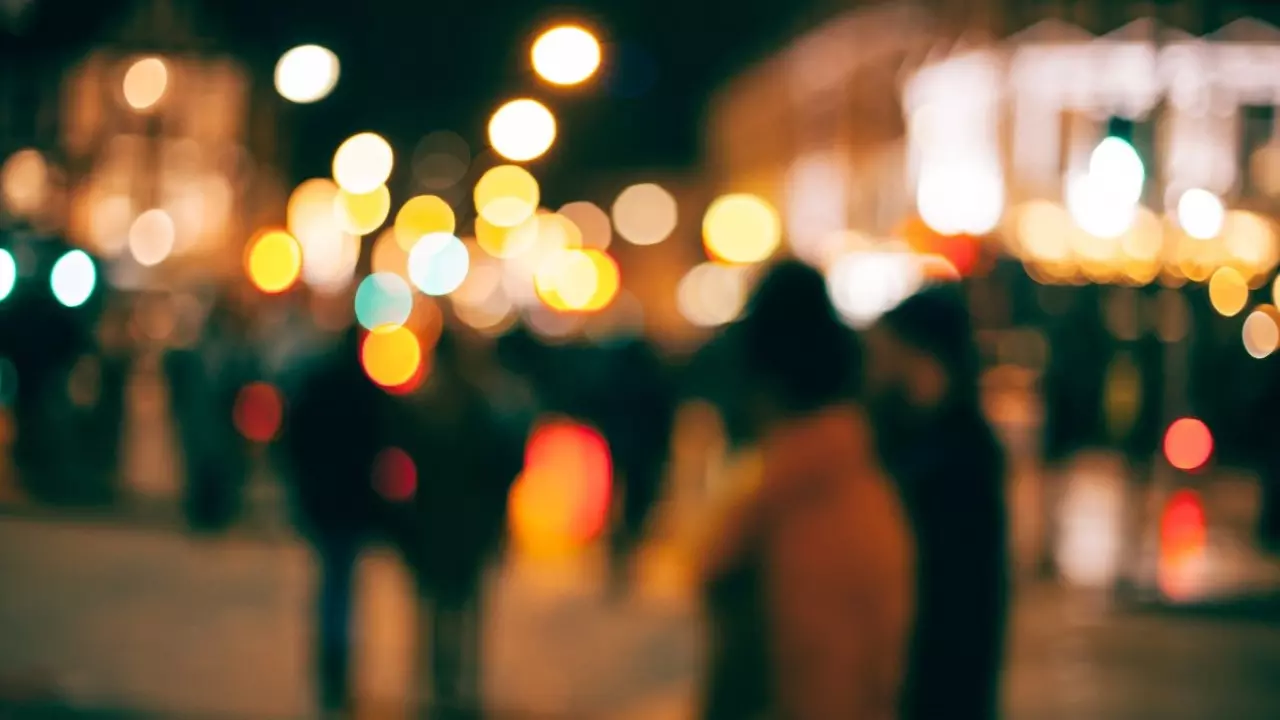Frustration sets in as you’ve tried everything, yet your night photos just won’t come out in focus. While it’s tempting to blame your phone’s camera, the reality is that numerous factors influence the quality of nighttime images, and often, it’s our own actions as users that are the culprits.
Certainly, the quality of a phone’s sensor plays a role in night photography. Not all smartphones possess the same ability to capture light and color in low-light conditions. High-end and more expensive phones typically feature larger sensors with more megapixels, enabling them to collect more light across their surface, resulting in clearer and more detailed images. They also come equipped with lenses boasting wider apertures, which can capture more light and enhance night shots, along with creating a beautiful background blur effect.
Enhancing Your Night Photos without Upgrading Your Phone
Before blaming your phone, there are a few steps you can take to improve your night photography:
1. Keep Your Lens Clean: Often overlooked but crucial, ensure that the camera lens is free from dust, fingerprints, and grease. These contaminants can significantly impact the sharpness and brightness of your photos, especially in low-light conditions. A quick wipe with a soft cloth or piece of fabric before shooting can make a significant difference.
2. Stabilize Your Phone: Night photography requires longer shutter times to capture more light, but this also makes your shots more susceptible to blurriness from any movement. To counter this, use a tripod, selfie stick, or rest your phone on a stable surface like a wall, table, or car. Alternatively, employ the timer function to eliminate any shaking from your hand during the capture.
3. Avoid Excessively Long Shutter Times: While longer shutter times can capture more light, they can also result in blurriness, especially when photographing moving subjects. Use your phone’s manual mode to set the shutter time to the minimum necessary for a correct exposure. Additionally, consider using night mode or HDR if your phone offers these features, as they blend multiple shots with different exposures to create sharper and more balanced images.
4. Exercise Patience: Impatience can lead to disappointment when your night photos appear dark or blurry on your phone screen. Remember that your phone needs a few seconds to process the image and apply necessary adjustments. Avoid deleting photos immediately and wait for them to be saved to your gallery before assessing them in more detail.
By following these tips and mastering the art of night photography, you can capture stunning low-light shots that rival those taken with high-end cameras. Your smartphone’s camera, combined with your newfound knowledge, will enable you to seize the beauty of the night like never before.

